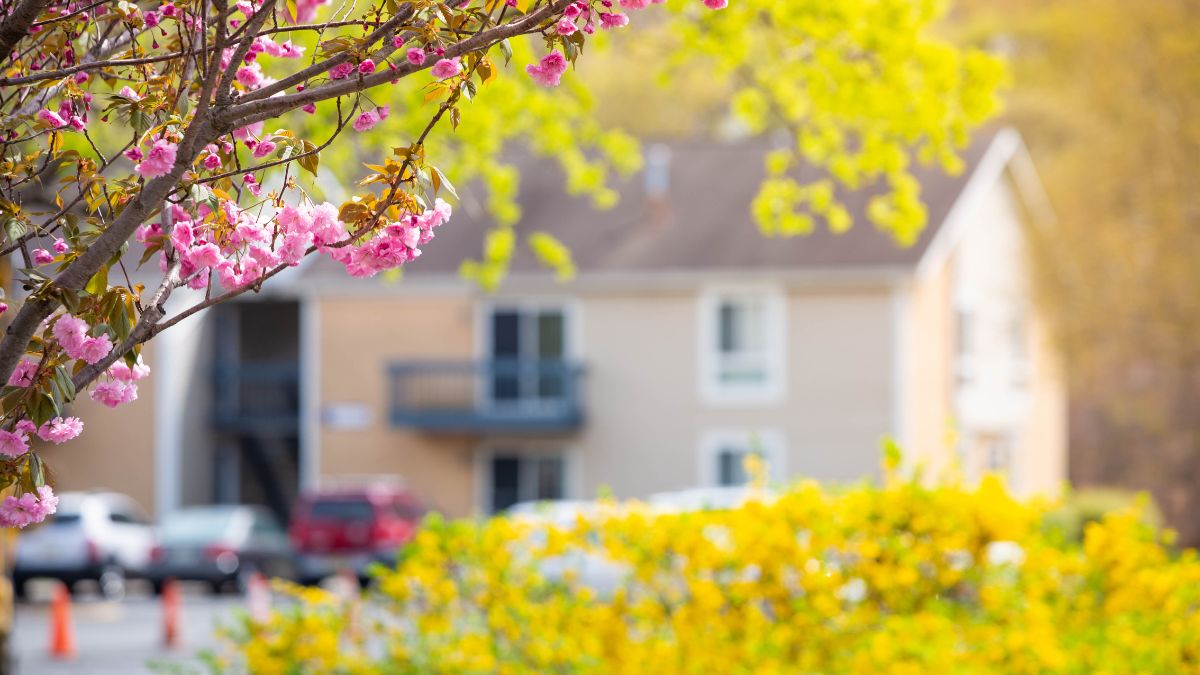The Deposit Protection Service has given landlords tips on how to prepare their homes for pets because, it says, the single largest reason why private tenants move is to find properties accepting animals.
Around a thousand tenants who moved between October 2021 and March 2022 took part in the DPS survey, with 30 per cent saying they had done so to accommodate a pet.
In a similar survey last year only seven per cent cited pets as the most significant influence over their decision.
In this year’s survey just 11 per cent of respondents cited ‘more outdoor space’ as the reason for their move, making it the least common influence over their decision.
Last year 18 per cent said that outdoor space was the most important factor.
Matt Trevett, managing director at The DPS, says: “The easing of [Covid] restrictions earlier this year means tenants are typically not as interested in moving from cities to more rural or suburban areas as they understandably were during the height of the pandemic.
“However, it’s interesting to see that the reported popularity of pets during the lockdown period seems to be having a continued influence over tenants’ priorities.
“The present high level of demand for rental properties means that tenants who secure homes that allow pets typically stay for longer, resulting in more certainty for both tenant and landlord.
“Tenants should however understand and respect any obligations that come with having a pet and consider what changes they may need to make to meet a ‘pet-friendly’ tenancy agreement, which may reduce the chances of issues when they move out.”
The DPS has issued six tips to organise a pet living at a property - and these would apply before landlords are forced to accept pets, which may be the end result of the new rental reform white paper released by the government.
-
1: Confirm ‘pet rules’ in writing
Landlords should be clear on any rules that allow pets in the property, for example the limit on the type or number of animals or whether the tenant can or cannot breed the animal at the site – and put those in writing.
Landlords should share the document with the tenant, and both sides should sign it and keep a copy in case there are disputes or damage at a later stage. Landlords cannot ask for a separate deposit to cover pet damage, however.
-
2: Get the right insurance
Landlords should check that their property’s insurance policy includes accidental pet damage, a feature that is not always standard. Landlords may need to alter or find a new policy to ensure coverage.
3: Emergency contact
Tenants should also provide an emergency number for somebody who can look after the pet if they fall ill and need to go to hospital.
-
4: Landlords must by law allow certain pets
Landlords must always allow people with disabilities who need an assistance dog to have one inside the property.
-
5: Ask for a pet reference
Landlords can also ask for a pet reference from a previous landlord or vet to understand whether the animal is aggressive or has received its vaccinations and correct treatments. They can also ask to see the pet as part of their pre-tenancy checks.
-
6: Arrange regular inspections
Landlords and tenants should agree regular inspections to assess and discuss the condition of the property, which can reduce the chances of a dispute about any pet-related damage at the end of the tenancy.
We're excited to announce that we're working on building a shiny new website for readers of Landlord Today! As part of this process, commenting on articles will be temporarily disabled. We look forward to sharing our new and improved Landlord Today website with you shortly!




-400x310-min.jpeg)
-400x310-min.jpeg)


-400x310-min.jpeg)
.png)

(1).png)







.jpg)




